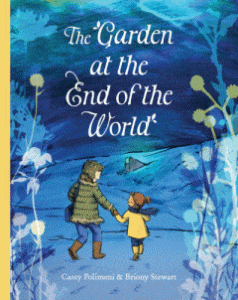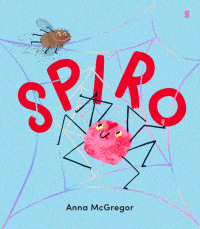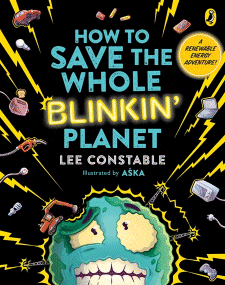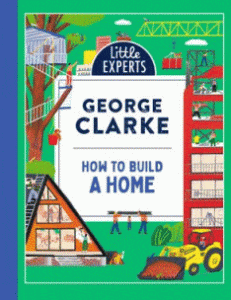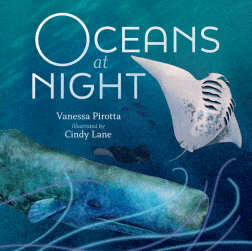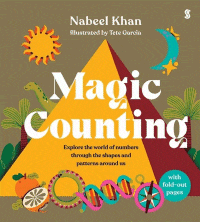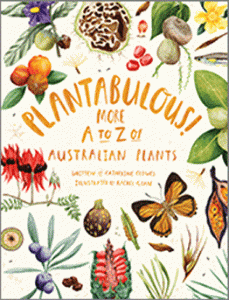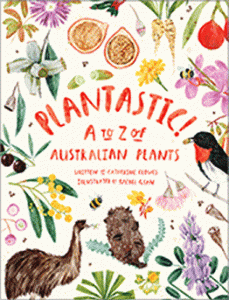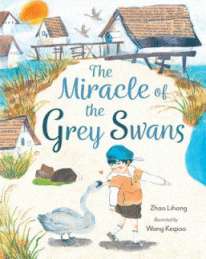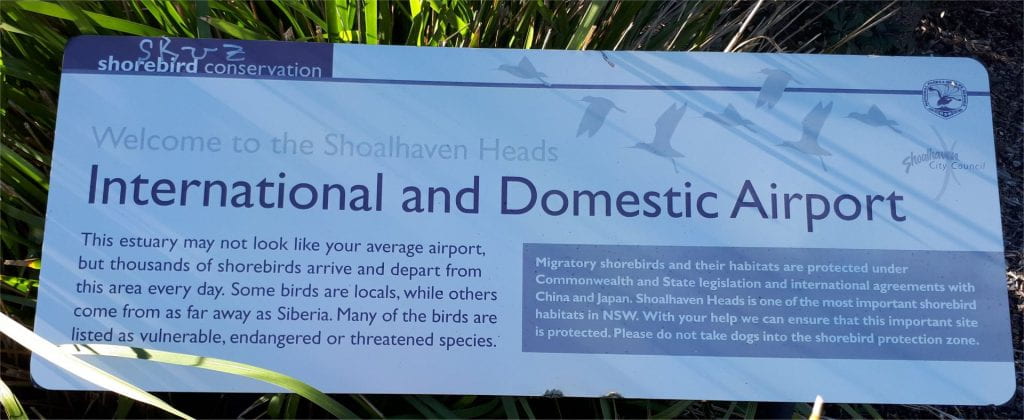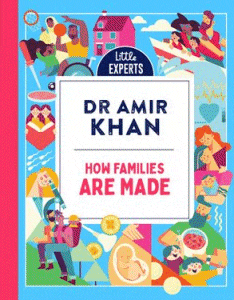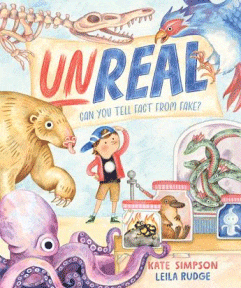
Unreal
Unreal: Can you tell the fact from the fake?
Kate Simpson
Leila Rudge
A & U Children’s, 2024
64pp., hbk. RRP $A29.99
9781761180347
There’s been a mix-up at the Museum – some of the displays from the Myths and Legends exhibit have snuck into the Natural History wing.
We have to sort it out, but how can we tell fact from fiction? Animal from apparition? Megafauna from monster?
Oh my goodness! If ever there were a book written to go straight into the teacher librarian’s toolkit, this is it. Right here, in these 64 pages with their intriguing illustrations and fascinating snippets of information is your information literacy program for a term, if not a year! And it is one that is going to grab even the most reluctant readers who are yet to discover the magic between the covers of a book.
Beginning with a brief introduction of how to identify fact from fake by answering these questions…
- Who is providing me with this information?
- Do they have evidence for their claims?
- Why are they telling me this?
- How recent is the information?
- Do other sources agree?
the reader is presented with five or six samples with a picture accompanied by a smidgen of fact and they have to determine creature or plant which is real and belongs in the Natural History section and which need to be returned to Myths and Legends. Topics covered include weird and wonderful things like Into the Deep, Cryptids, Bioluminescence and Animal Mash-ups among many more, and all will send the reader to the shelves and/or the internet to discover the truth (or otherwise) of the claims made, all the while honing their information literacy skills, as well as employing their critical analysis as they interpret and evaluate what they are reading. Because each double-page spread provides a new challenge, the same skills are applied in a new context each time so they become embedded in the reader’s thinking. They will become naturally more critical of what they are seeing, hearing or being told so are more likely to handle this world of fake news. artificial intelligence, scams and phishing better. What more could you want?
Well, IMO, it is the perfect model for each to create a similar page for their peers to investigate, drawing on a wide range of topics from the real world and marrying them to the gamut of people and creatures that populate the stories of the world’s peoples so there is a feast of learning going on, beyond practising their skills in context.
Definitely one for the toolbox of every teacher librarian.
